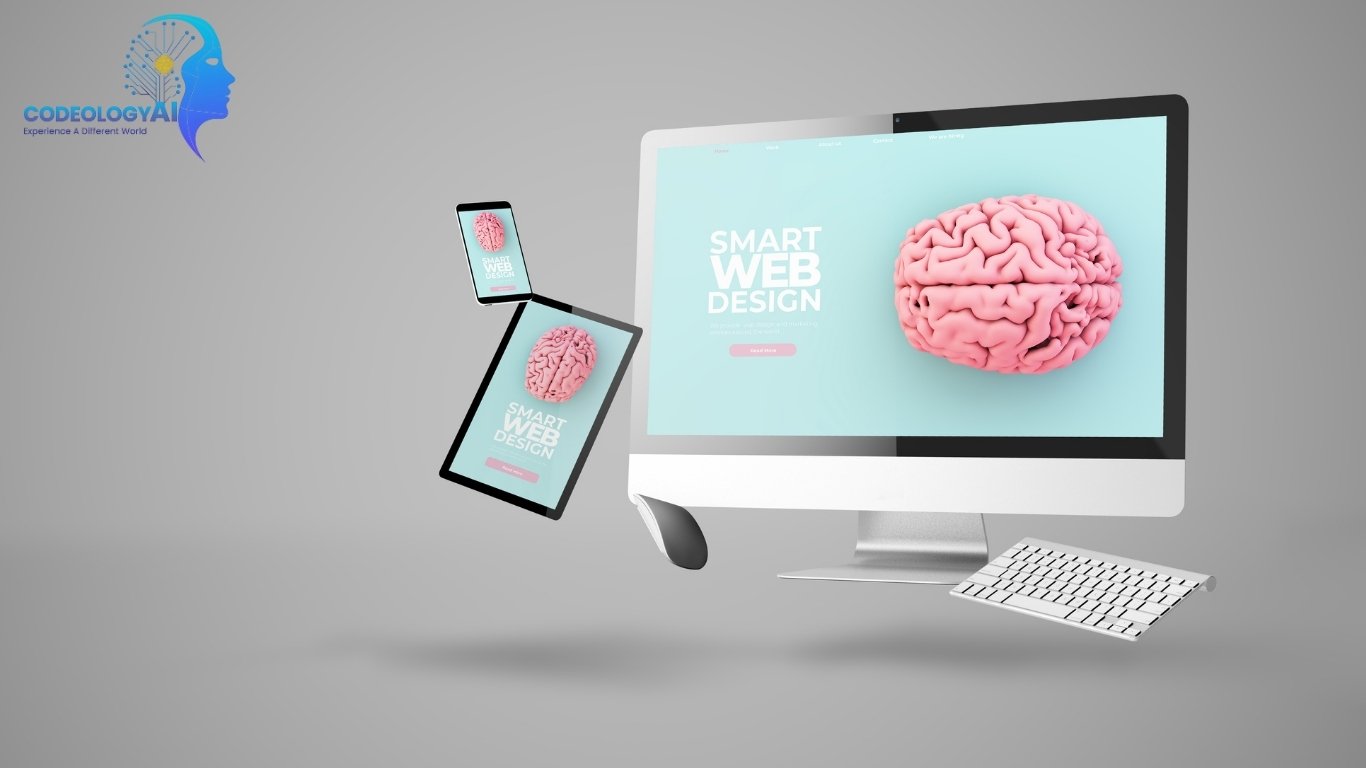
UX Design in 2025: Unlock the Secrets to High-Performance, User-Obsessed Websites
With the advancement of technology, the world is operating in a more digital era, making UX design more functional than visual. As we approach 2025, it has become clear that there has been a remarkable shift in how users interact with websites.
This year alone seems to be exceptionally positive for customer interaction due to technological developments and enhanced user behavioral studies. In this blog, I will outline the significant changes users expect from websites.
Key Changes in User Behaviour in 2025
The Rise of Micro-Interactions and Real-Time Feedback
According to users in 2025, micro-interactions are seamless yet impactful on an individual level. Hover states and completion animations noticeably increase user satisfaction and make interactions more responsive. Furthermore, real-time feedback, such as instant form validation or live search result updates, has become a standard expectation that enhances the user journey.
AI-Driven Personalization and Navigation
As a basic rule, a website cannot afford to be slow; users expect near-instantaneous loading. Every second spent waiting can lead to unreserved frustration, defaulting to website abandonment. As a result, mastering website speed optimization has become basic, and UX has gained a newfound roadmap.
Immersive Experiences via AR/VR and Motion Design
One of the products of the modern era is faster-paced lifestyles, making generic user experiences nothing more than an antiquated concept. Responsive platforms that cater directly to users’ past behavior and forcibly adjust content, interfaces, and recommendations are the new gold standard. All at once, the importance of usability is shifting to inclusivity with advanced accessible design, enabling everyone, irrespective of ability, to use websites.
Top UX Design Trends Dominating 2025

Voice-Enabled Interfaces and Smart Assistants
The increase in smart devices has led to the creation of voice-activated interfaces. Coupled with the ease of being able to speak directly to a device, users increasingly expect websites to allow navigation, searching, and even completing transactions using voice. Another important shift that is currently being integrated to further smart user experience (UX) design is employing smart assistant technologies that can guide and assist the user.
AI-Driven Personalization and Navigation
AI-powered UX design has long passed the realms of fiction; it is a present-day reality. Algorithms provide an analysis of provided data, predict probable actions by a user, and tailor specific experiences to each user. AI tools that manage navigation can also reorder menus, suggest appropriate documents, and broadly organize information so that users can access needed data without wasting any time.
Immersive Experiences via AR/VR and Motion Design
Not every website requires absolute metaverse onboarding; however, some considerations of augmented and virtual reality (AR/VR), where applicable, can generate deeply immersive experiences. Sophisticated yet subtle motion design contributes greatly to directing user focus, documenting user interaction through visual responses, and refining the overall polish of the interface.
Inclusive and Accessible Design for All Users
As a solid principle, designs without boundaries for everyone regardless of age, characteristics, or disability features are predicted to occur in 2025.
As with WCAG, websites should follow standards of accessibility to ensure usability for people with disabilities. This includes screen reader and keyboard accessibility, color contrast, and more. Inclusivity increases the range of the audience and improves the experience for everyone.
Mobile-First is Now Mobile-Everything
Why Google’s Mobile-First Indexing Matters More Than Ever
The significance of Google’s seamless mobile experience integration has skyrocketed with mobile-first indexing that prioritizes the mobile version of a website for ranking. By 2025, there will no longer be a ‘mobile-friendly’ standard—it will require mobile-first design and functionality. That ensures maximum performance for the majority of users who depend on their smartphones to access the internet.
UX Tips for Designing High-Conversion Mobile Interfaces
Mobile requires a different mindset than desktop. Some best practices in UX 2025 for mobile include vertical scrolling, minimalistic menus, touch-friendly buttons, shorter text, and streamlined forms. Mobile interfaces are designed to promote key tasks and enhance speed to boost conversion rates. Codeology AI offers affordable web design for small businesses and comprehends the science behind higher conversion rates on mobile interfaces.
UX & Performance Optimization Go Hand-in-Hand
Understanding Core Web Vitals in 2025
Core Web Vitals have had and will have a significant impact on a website’s SEO and overall health. Measuring the user experience with LCP, FID, and CLS upholds the importance of loading speed, interactivity, and visual stability. By 2025, any optimization understanding is required for user satisfaction and search engine rankings.
Lazy Loading, Caching, and Other UX-Driven Performance Hacks
As performance techniques like browser caching, reducing code, and lazy loading of images and videos are implemented, they need to be re-evaluated as technical axes and approached from a UX perspective. All these activities significantly impact load times and the overall user experience; thus, all technical optimizations must be better aligned with users’ smoother experiences.
What Users Want from Websites in 2025
Simplicity + Speed + Personal Value = Winning UX
In 2025, users focus on these three things the most, and when combined, “simplicity, personal value, and speed” balance sets an overall approach for user satisfaction. Users in 2025 will not just expect services from websites but content that adds value to them, plus a fast loading time while being easy to navigate.
Examples of Good vs Bad UX from Leading Brands
Let’s take an example of a leading e-commerce brand that has a streamlined checkout process (good UX) versus a cluttered website with form fields galore (bad UX). Another example is a personalized news aggregating website (good UX) compared to one that offers custom generic articles regardless of the viewing history (bad UX). Codeology AI strives to provide the “good UX” that users want.
How to Audit Your Website’s UX in 2025
Tools to Use: Hotjar, Google Analytics 4, Clarity, etc.
With how fast technology changes, keeping up with modern design aspects becomes a given routine. Conducting regular audits has now become incredibly useful owing to tools like Hotjar, which provides heatmaps and recordings of user sessions; Google Analytics 4; and Clarity for session replays and insightful analytics. Conducting UX Testing and Gathering Feedback
Conducting UX Testing and Collecting Feedback
User feedback is incredibly important. Having actual users perform tasks such as usability testing and surveys and revealing pain points helps conduct better UX testing. Seeking user feedback and implementing it helps continuously improve the UX.
Conclusion: The Future of UX Design Is Here
Speed, simplicity, and personal value define UX design in 2025. Users expect websites to be fast, mobile-first, intuitive, and customized precisely through AI insights. Design trends have shifted beyond aesthetics; they prioritize satisfaction, functionality, and user-centric accessibility. To remain competitive, brands must adopt modern UX practices that deliver real value and prevent users from losing interest.
At Codeology AI, we create websites that today’s users expect: optimized for performance, conversions, and accessibility. Whether you’re a startup or an enterprise, we partner with you to craft enduring digital experiences.



